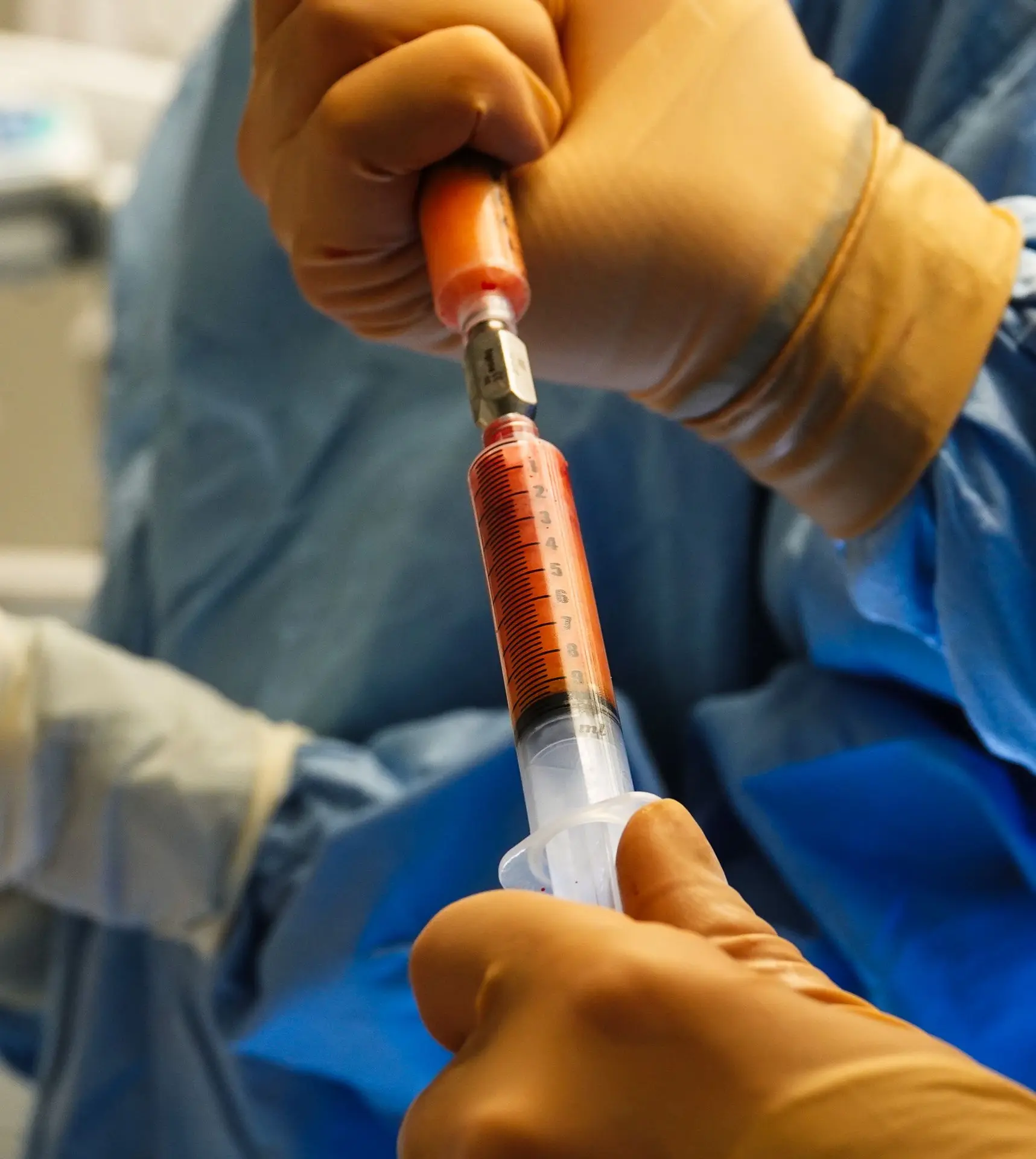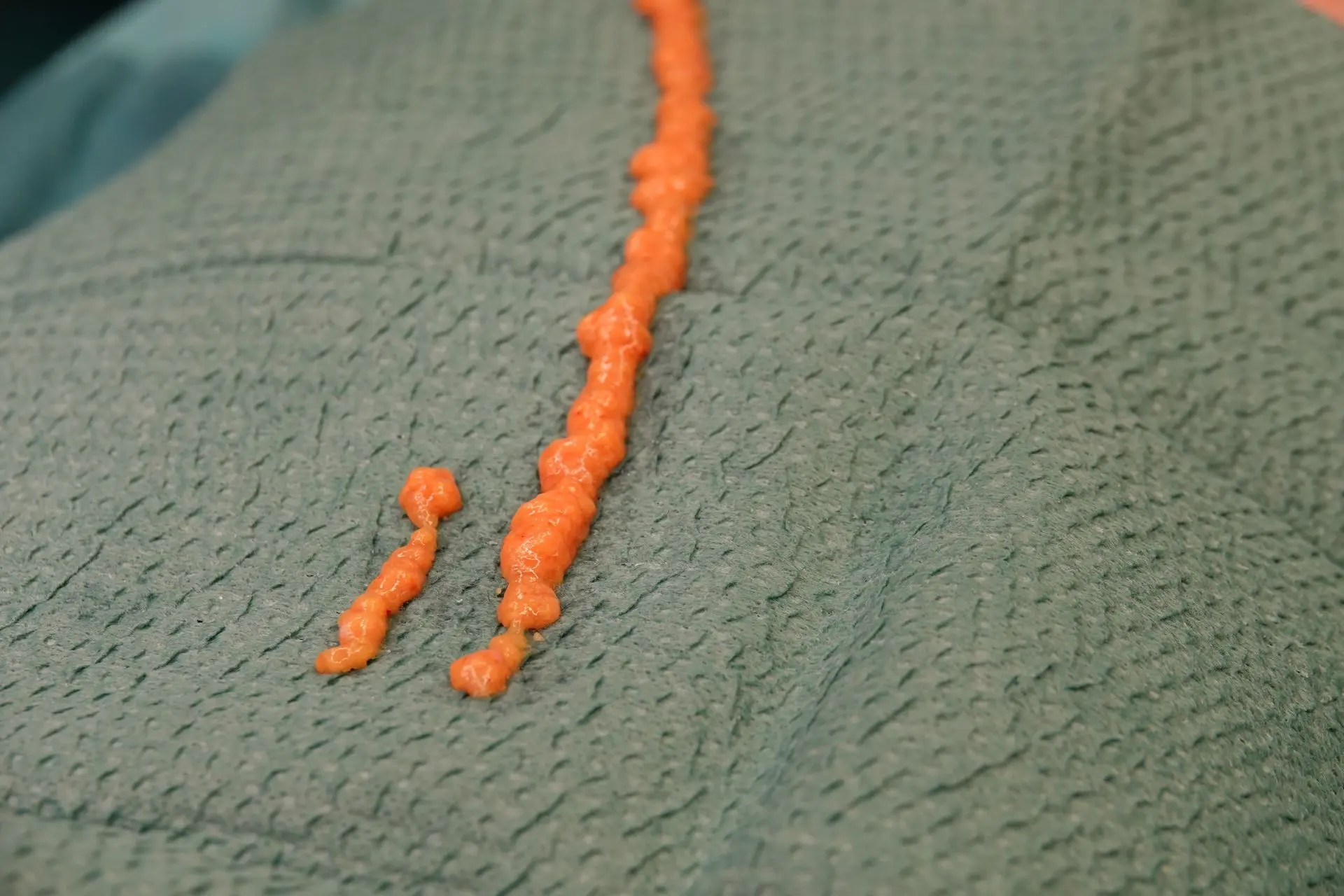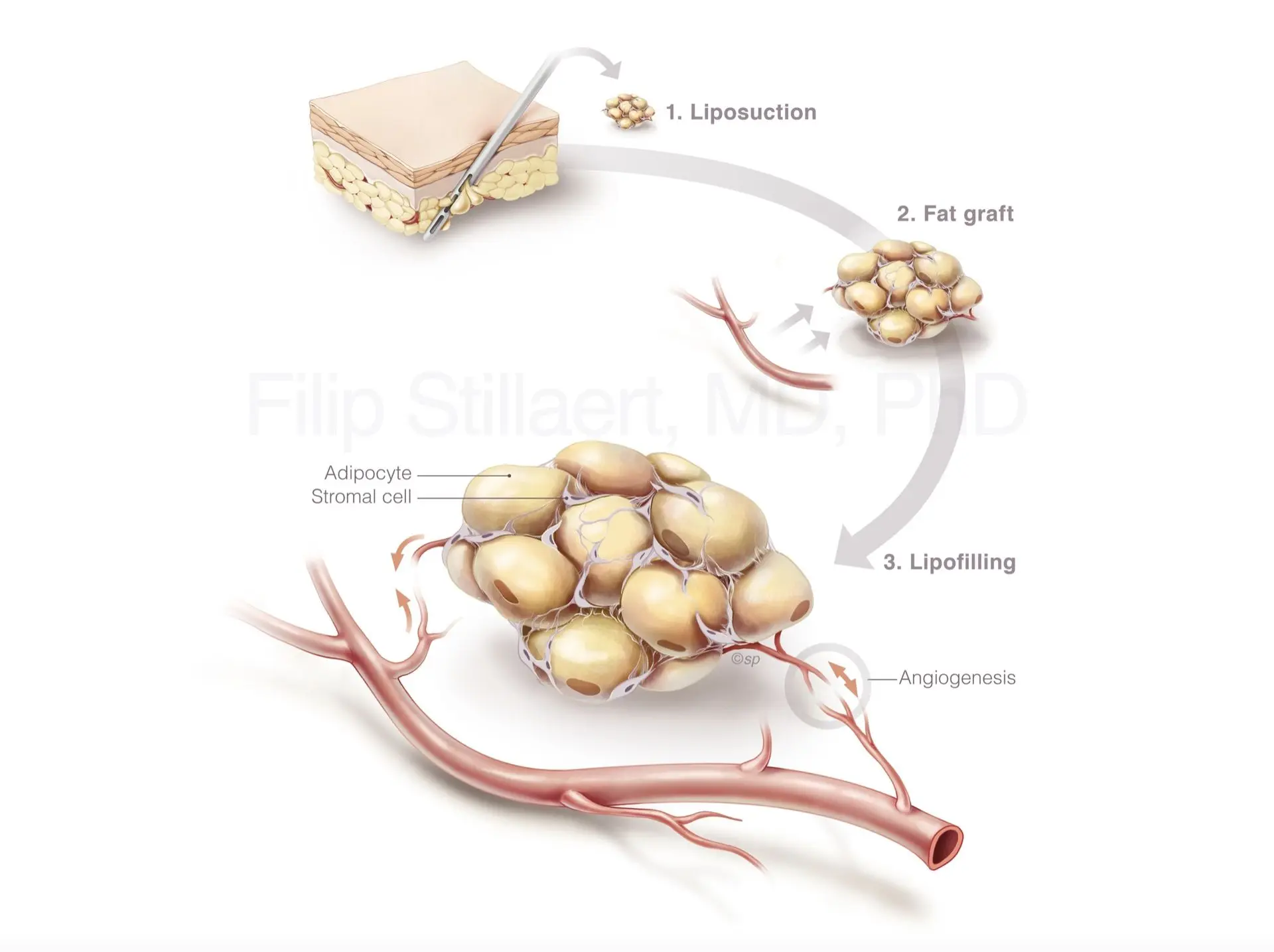TECHNIQUE
Lipofilling
Lipofilling is a procedure in which fat from your own body is used to create extra volume or improve the quality of tissues. This fat tissue is collected through liposuction.
The history of lipofilling
Lipofilling is a surgical method in which fat tissue is removed through liposuction and then injected into another area of the body. The removed fat is first carefully purified of impurities such as oil and blood residues before it is injected.
Lipofilling is used to add volume to tissues or to improve the texture and quality of the tissues. Lipofilling is an established technique that has been around for several decades. However, in recent years, knowledge about adipose tissue has evolved significantly. We now have a better understanding of the survival of the injected adipose tissue. Additionally, the techniques used have improved, leading to more sustainable results.


LIPOFILLING TECHNIQUE
Frequently Asked Questions
A portion of the injected fat tissue will indeed be lost. This process is known as resorption. The fat cells that are not viable are broken down by the body. It is difficult to predict how much fat tissue will ultimately remain; studies show that between 30% and 70% of the injected fat tissue can disappear. The degree of survival depends on various factors, such as lifestyle, the quality of the fat tissue, the technique used, and the condition of the area where it was injected, and so on.
To increase the chances of survival of the injected fat tissue, it is important to consider several factors. Adopting a healthy lifestyle and avoiding smoking are of great importance. I also recommend a specific diet before and after the procedure to optimise survival. Furthermore, good skincare can contribute to better blood circulation..
The fat tissue that remains will slowly integrate into the body and behave like normal fat tissue. You can start to evaluate the results approximately three months after the procedure. Remember that the injected fat tissue will restructure itself over the course of a year..
Adipose tissue that remains is present for life. When losing weight, the fat cells become smaller, which also affects the result. The volume will therefore decrease here as well. With weight gain, the fat cells will become larger, causing the treated area to also increase in volume..
How does fat tissue survive after injection?
Liposuction is a procedure in which fat tissue is removed from beneath the skin. This fat tissue, also known as lipoaspirate, is purified of impurities. After the injection with a fine cannula, the cells must survive, despite having no blood supply and being in a state of oxygen deprivation. Fortunately, they can temporarily survive through a biological process called "plasmatic imbibition," in which they absorb moisture and nutrients from their surroundings. This phase lasts approximately 24 to 72 hours. During this period, the cells send signals to nearby blood vessels, leading to the development of new, small blood vessels from existing ones. These new blood vessels grow towards the injected cells to supply them with oxygen. Once the blood vessels reach the cells, they restore the blood supply, but cells that are provided with oxygen too late will die. This process of blood vessel growth is called "angiogenesis" and takes about a week..
Watch the video
